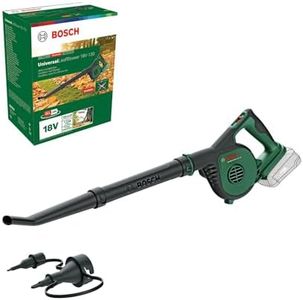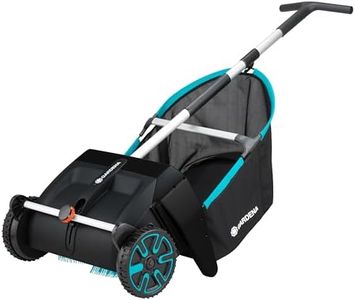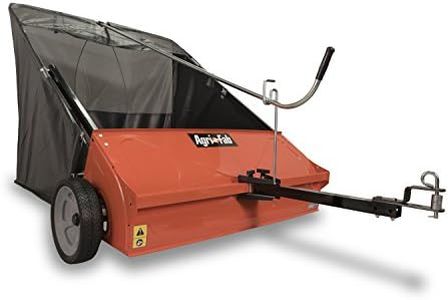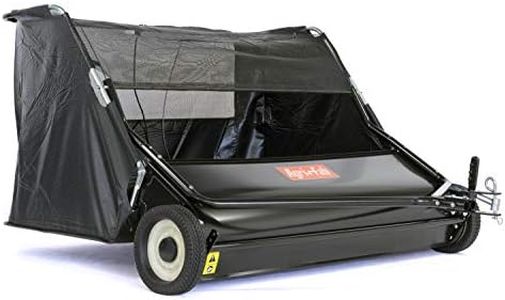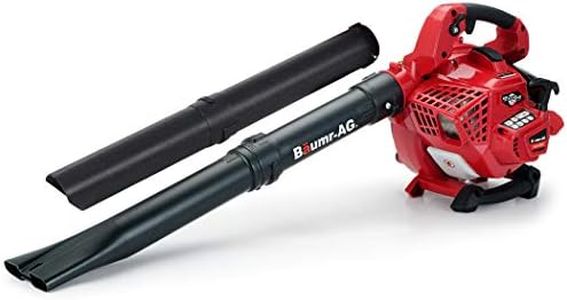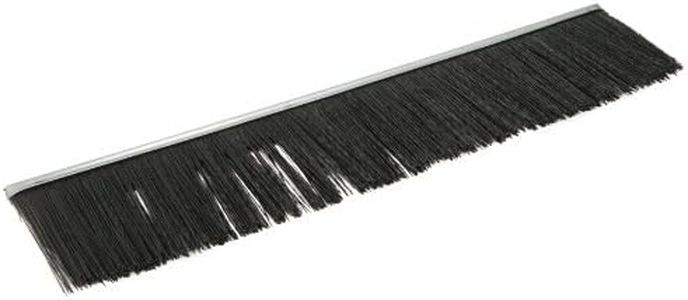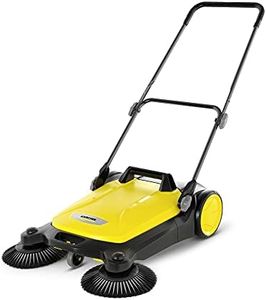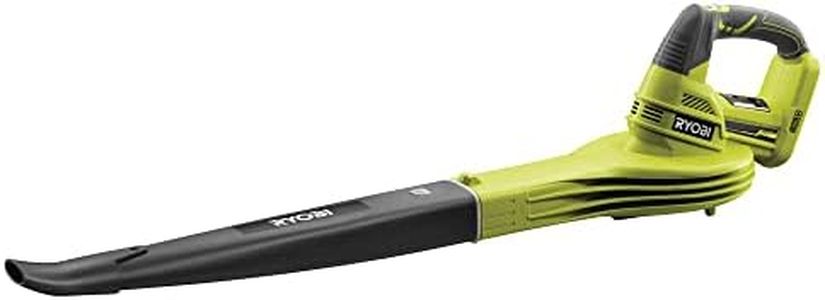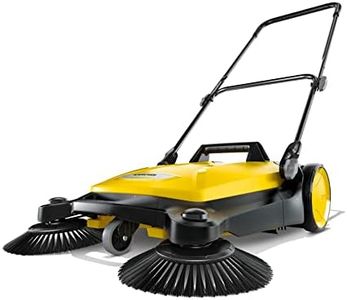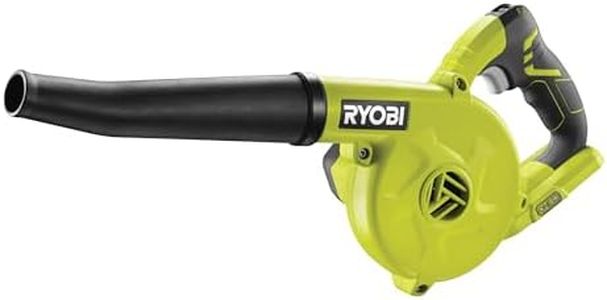We Use CookiesWe use cookies to enhance the security, performance,
functionality and for analytical and promotional activities. By continuing to browse this site you
are agreeing to our privacy policy
10 Best Leaf Sweepers
From leading brands and best sellers available on the web.Buying Guide for the Best Leaf Sweepers
Choosing the right leaf sweeper can make yard cleanup much easier and more efficient. The best way to start is by thinking about the size of your yard, the amount and type of debris you usually need to collect, and whether you prefer to operate equipment by hand or attach it to a lawn tractor. Understanding the most important features will help you select a sweeper that fits your needs and avoids unnecessary frustration.Sweeping WidthSweeping width refers to how wide a path the sweeper cleans in a single pass. It’s important because it determines how many trips you’ll need to make around your yard—wider sweepers cover more ground faster but can be harder to maneuver in tight spaces. Sweepers usually come in widths ranging from about 20 inches to over 50 inches. Smaller widths are great for small yards or areas with obstacles, while larger widths work best for open, large lawns. Consider the size and layout of your yard to decide whether a compact sweeper or a broad one fits your situation better.
Hopper CapacityThe hopper is the container that holds the collected leaves and debris. Larger hopper capacities mean you can sweep for longer without stopping to empty it, which is particularly helpful for bigger areas or during heavy fall leaf drop. Hopper sizes can range from around 7 cubic feet for small sweepers up to 25 cubic feet or more for large ones. If your yard is small or you don’t mind emptying more often, a smaller hopper is fine, but for big lawns with lots of leaves, a larger hopper saves time and effort.
Type: Push vs Tow-BehindLeaf sweepers come in two main types: push models, which you operate by hand, and tow-behind models, which you attach to a riding mower or tractor. Push sweepers are best for smaller yards or those who prefer a lighter, more flexible tool. Tow-behind sweepers are much easier to use for bigger spaces and can cover a lot of ground quickly, but require you to have a compatible mower or tractor. Thinking about your available equipment and the size of your property will help you choose the type that matches your situation.
Brush Height and AdjustabilityBrush height determines how close the sweeper’s brushes get to the ground or grass. This is important for effective pickup of different types of debris, from light leaves to heavier twigs or even pine needles. Many sweepers offer adjustable brush height so you can fine-tune them for your lawn thickness or debris type. For yards with uneven surfaces or varying debris, having an adjustable setting is valuable, as it helps improve efficiency and prevents lawn damage.
Build Quality and MaterialsThe durability of your sweeper depends on what it’s made of and how it’s constructed. Sweepers made from quality steel or reinforced plastic will last longer, especially when used frequently or on rough terrain. This is important if you want your purchase to stand up to weather, frequent dumping, and regular use. If you plan on using your sweeper a lot, or if you’ll be picking up heavier debris, look for sturdy construction that offers long-term reliability.
Ease of Storage and AssemblySome leaf sweepers are designed to fold up or disassemble for easy storage, which is important if your shed or garage space is limited. Assembly requirements can also vary—some models are ready to use with minimal setup, while others may need more time or tools to get started. If you need to store your sweeper out of the way when not in use, or if ease of setup matters to you, pay extra attention to these factors.
